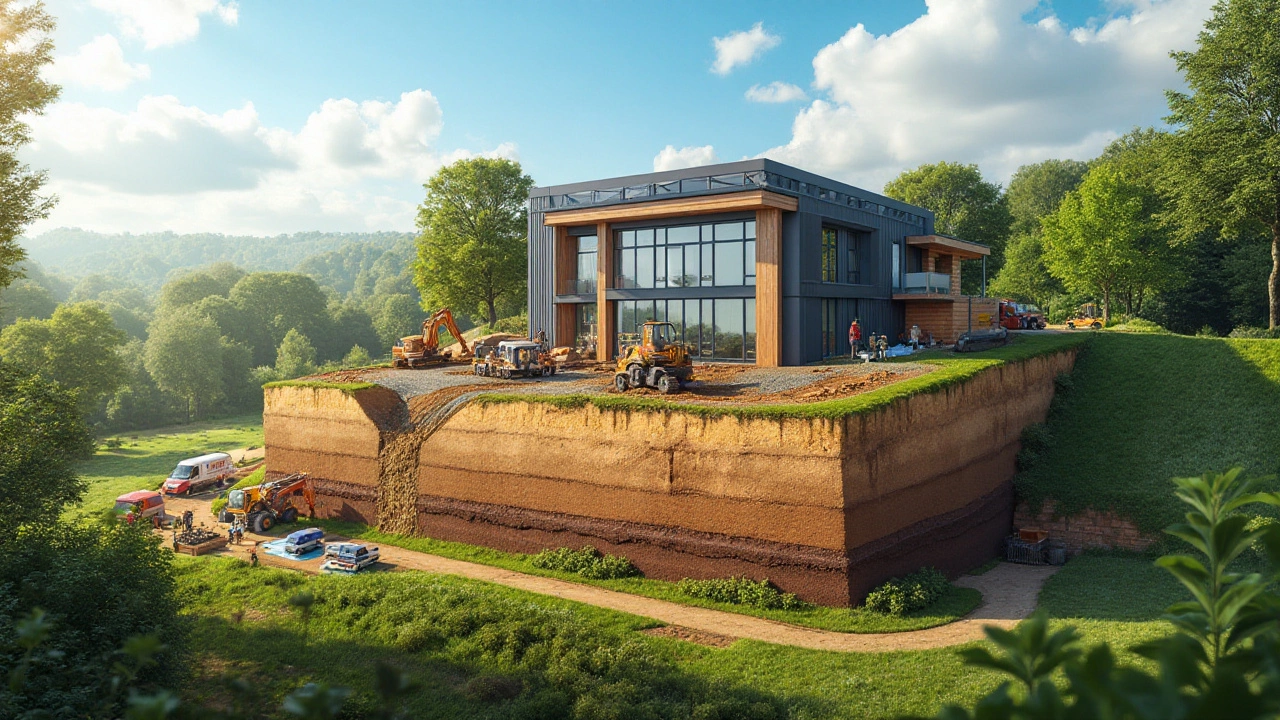Building Stabilization: Simple Steps to Protect Your Structure
If you notice cracks, uneven floors, or doors that stick, your building might need stabilization. Ignoring these signs can lead to bigger problems, higher repair costs, and even safety hazards. The good news is that you can act early and keep the structure solid without a major overhaul.
Why Stabilization Matters
Every building rests on a foundation that bears the load of walls, roofs, and everything inside. When soil shifts, moisture changes, or the structure settles unevenly, the foundation can move. Small shifts show up as hairline cracks in walls or sloping floors. If you don’t address them, the movement can become a big crack, a leaning wall, or a sagging roof. That’s why spotting early signs and acting fast is essential.
Stabilization isn’t just about fixing damage; it’s about preventing future issues. A well‑stabilized building holds its value, stays safe for occupants, and reduces the risk of water intrusion or pest entry that often follows foundation problems.
Practical Ways to Stabilize a Building
1. Identify the source: Check the ground around your property. Expanding soil, drainage problems, or nearby construction can cause movement. A simple water test – pour water on the ground and see if it pools – can reveal drainage issues.
2. Repair cracks early: Hairline cracks in drywall are usually cosmetic, but cracks that go through plaster into brick or concrete need attention. Use an epoxy filler for concrete cracks and a flexible sealant for plaster.
3. Install piers or underpinning: If the foundation has settled, steel piers, concrete push piers, or helical piles can lift and support the structure. This method is common for horizontal foundation cracks and uneven floors.
4. Improve drainage: Gutters, downspouts, and French drains keep water away from the foundation. Make sure the ground slopes away from the building at least 5% for the first 6‑10 feet.
5. Use proper cement mixes: When repairing a foundation, choose a cement blend designed for strength and flexibility. High‑early‑strength mixes work well for quick fixes, while polymer‑enhanced cement resists shrinkage.
6. Call a professional: A structural engineer or qualified foundation contractor can assess load‑bearing walls, calculate needed pier depths, and recommend the right repair method. Trying a DIY fix on a major movement issue can make things worse.
7. Monitor over time
After repairs, keep an eye on the problem areas. Mark the original crack edges with a pencil and check them every few months. If the mark moves, the building may still be shifting, and you’ll need a follow‑up.
Stabilizing a building doesn’t have to be a massive project. By catching early signs, fixing small cracks, and ensuring proper drainage, you protect your property and avoid costly repairs down the line. When in doubt, reach out to a trusted local contractor who can provide a clear plan and transparent pricing.
Remember, a stable building is a safe building. Take the first step today: walk around your property, look for any signs of movement, and schedule a quick check with a professional if you’re unsure. A little effort now saves a lot of hassle later.

